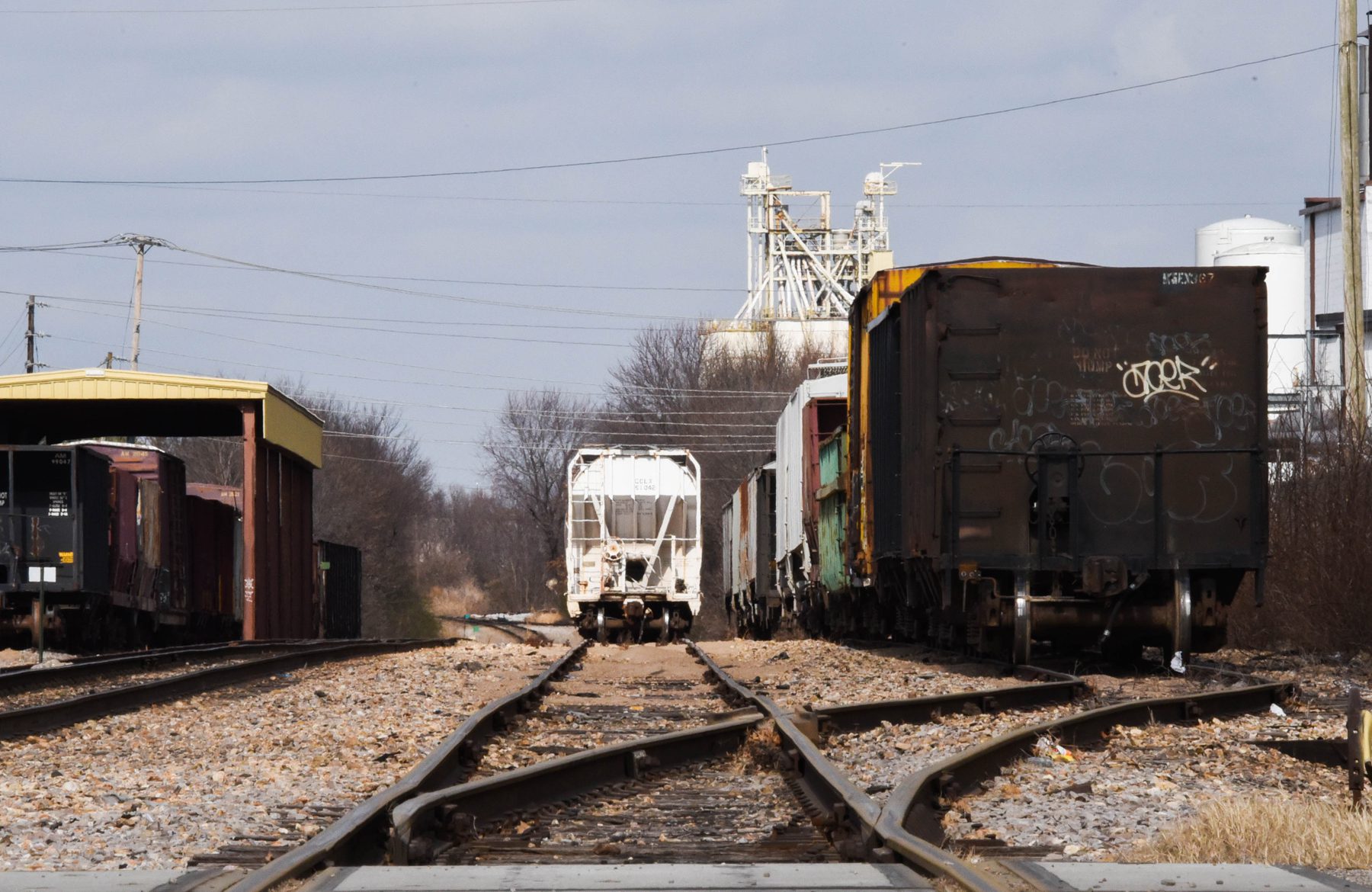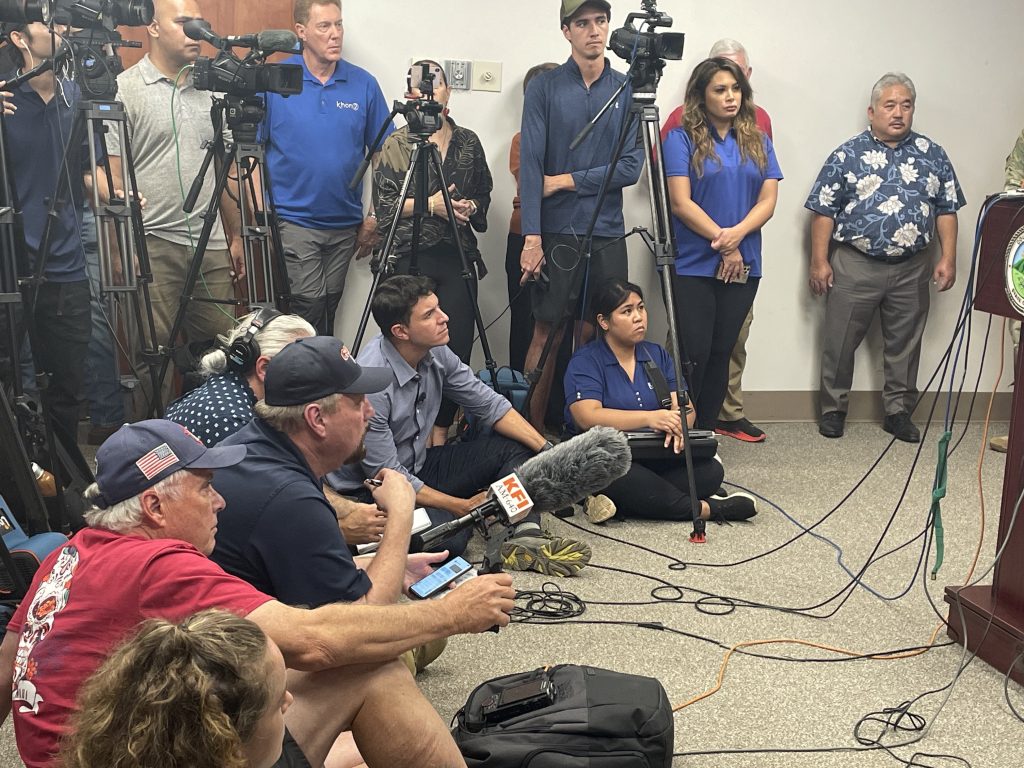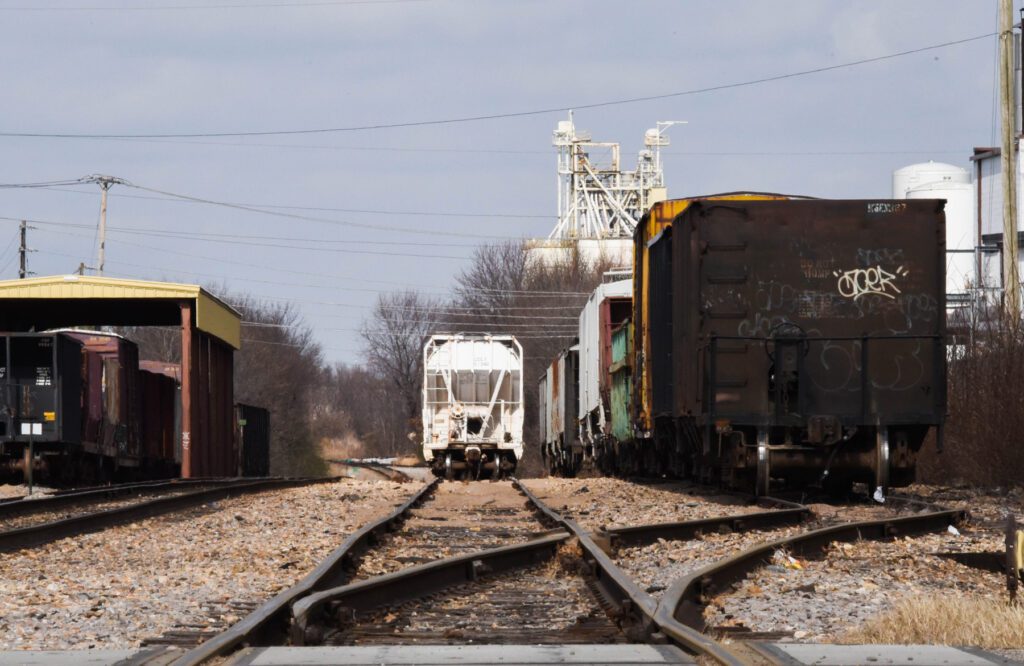The media has crowned vice-presidential candidate Tim Walz “Minnesota nice.” That seems so sweet and gentle, kind of sentimental.
It’s not. The Minnesota niceness story is misleading, falsely sentimental and offensive, just like all too many stories about the Lahina fire have been.
Carrie Ching is a TV producer and writer who was born and raised in Hawaii, worked on the West Coast for a long time, and moved back to Haiku, Maui, just 13 days before the fire.
“To some people,” Ching wrote about the fire, “the story began in a dusty field, gone wild with invasive grass. It was a story about high winds and sparks turning to flames. It was a story about harrowing escapes and people fleeing in terror, the lucky ones rushing into the ocean as the deadly wildfire devoured an entire town.”
“Those were the stories most people heard,” she said. “Those were the stories most people told. But those of us who know this place and know its history know there is so much more.”
Event-driven shallowness versus “so much more.” That’s Minnesota nice.
So Much Less
Tim Walz, so the story goes, is Minnesota nice. He has that Midwestern charm with folksy Midwestern bonafides — an “avuncular small-town boy so pleasant that he can “talk dogs off a meat truck.”
He’s basically a “casserole in human form, a hotdish.”
So long, Garrison Keillor. Hello, Tim Walz, America’s new prairie home companion.
“Well, it’s been a quiet week in Lake Wobegon, Minnesota, my hometown. Our kids have been lining up over to the Jack and Jill Dry Goods getting stuff for the new school year though for the real good stuff, they get their parents to drive them to the Target in Saint Cloud.
“And Tuesday last, I got a very nice telephone call from our Vice President Kamala Harris.“
All this is true enough sentiment. Actually, true but not enough. It serves a purpose if all you care about is the election.
But it’s historically and culturally insensitive. Imagine thinking about Hawaii in this same simplistic way with no background, no context.
Actually, you don’t have to imagine it, as you’ll see when I get back to the fire.

 It’s tempting to oversimplify rural America, which is full of complex places that are difficult to get to and hard to understand. (Fred McClure/Civil Beat/2018)
It’s tempting to oversimplify rural America, which is full of complex places that are difficult to get to and hard to understand. (Fred McClure/Civil Beat/2018)
Why Shallowness Happens
Why all the emphasis on the Midwest? Partly because of the election, but more about something much broader.
Minnesota nice, or let’s expand it to “Midwest nice,” is the easiest information to grab onto. Most of the public knows nothing about Walz. Neither did the media. Midwest nice was the shiny, quickly accessible reporter tool in the toolbox.
For now, Democrats are more than willing to go along with this “Prairie Home Companion” narrative because it is working for them.
The Midwest nice story is appealing for bigger, broader reasons. It resonates with myths about small town and rural life that go far back into America’s history.
The “Midwest nice” stories indicate no deep understanding of the place they describe.
From the mid-19th century when the U.S. began to become truly urbanize until today, we have never lost our nostalgia and yearning for country and small-town life.
John Denver sang “Thank God I’m a Country Boy.” Canned Heat’s lyrics were “Going up the country where the water tastes like wine.”
Think Paige King Johnson’s country song, “That’s Why God Made Small Towns.” Humble people living a simple life, “longing for deeper roots and solid ground. That’s why God made small towns.”
Garrison Keillor said that people often asked him if Lake Wobegon was a real town, and when he said it wasn’t, they seemed disappointed because “people want stories to be true.” So, he began to make up a location, myth being more vital than fact.
This romanticized, mythologized version of Midwest life may seem kindly and, well, nice. But it’s a patronizing, oversimplifying stereotype based on all too little depth and all too much whimsy. It is so adaptable because it reflects our fantasies.
The Midwest nice stories indicate no deep understanding of the place they describe. This is no surprise because all the reporting is event-driven — the 2024 election.
Everything else, like the history and culture of places, is irrelevant to the task at hand, which is not to get the culture right. It’s to get the 2024 presidential campaign right.
So what? This is election coverage, not Anthropology 101. Who cares?
You should. Get your head out of the election for a minute and think of how you would feel if this kind of in-and-out Jiffy Lube analysis was used to describe Hawaii, or any other place that is meaningful to you.
As in fact it has been, which is anything but nice.

 News crews descended on Lahaina after the August 2023 fire. (Christina Jedra/Civil Beat/2023)
News crews descended on Lahaina after the August 2023 fire. (Christina Jedra/Civil Beat/2023)
Deep And Shallow Understandings Of Lahaina
Because Carrie Ching was such an experienced journalist and knew so much about Hawaii, she became a guide to some of the hordes of reporters who came to cover the fire.
“For centuries,” Ching wrote, “visitors have projected their own fantasies on Hawaii while the Native people have suffered immeasurable losses of life, land and culture.”
Many of the journalists covering the fire followed this same path, “descending on our island — many of them with little to no understanding of this place, the political landscape, the cultural nuance. It was a carnival of horror seekers.”
Horror seekers but not truth seekers. As a result of their laser focus only on the fire, reporters got some things very wrong, like their celebration of the Lahaina banyan tree as a cultural icon when in fact it had been planted to honor the missionaries who did whatever they could to destroy the culture.
“It was a carnival of horror seekers.”
But the worst thing about the fire coverage is what got left out — the historical and cultural changes over time that led to the fire.
So much of the coverage has been about who was at fault and what went wrong. “But viewing the Lahaina fire only through the lens of these bureaucratic failures,” she wrote, “allows us all to ignore a history of land grabs and water wars that have shaped Hawaii’s history — and are still shaping Hawaii’s present.”
It also ignores Lahaina’s complicated history of destruction, recovery and immigration.
I find the jokiness about Minnesota nice to be sketchy and insensitive with a kind of knowing wink saying, “We get to pick, and that’s all we need to know.”
Well, that may be all we need to know about the 2024 candidates. It’s sure not all we need to know.
It takes more than a fire to see which way the wind is blowing.
And that’s the news from Lake Wobegon. Where all the newswomen are strong, all the newsmen are good-looking, and all the pundits are above average.

Sign up for our FREE morning newsletter and face each day more informed.
Sign Up
Sorry. That’s an invalid e-mail.
Thanks! We’ll send you a confirmation e-mail shortly.
Source link : http://www.bing.com/news/apiclick.aspx?ref=FexRss&aid=&tid=66bde57ecbb6442e94ece6d9b4bedd1e&url=https%3A%2F%2Fwww.civilbeat.org%2F2024%2F08%2Fneal-milner-theres-more-to-tim-walz-than-being-minnesota-nice%2F&c=286474713576236737&mkt=en-us
Author :
Publish date : 2024-08-14 23:01:00
Copyright for syndicated content belongs to the linked Source.
